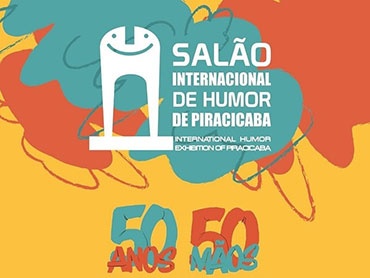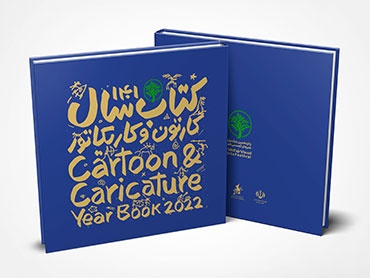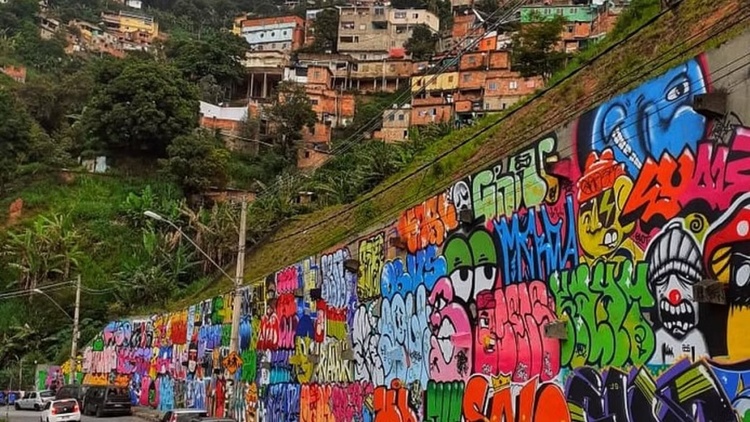
One of the largest graffiti gatherings in Brazil
BH welcomes 100 urban artists from across Brazil to create a giant panel in Barro Preto
This Saturday (July 26th), the capital of Minas Gerais hosts the 2nd edition of Sopa Nacional, one of the largest graffiti gatherings in the country.
This Saturday (July 26th), Belo Horizonte will host the 2nd edition of Sopa Nacional, one of the largest graffiti gatherings in the country. The event, which takes place from 8:00 am to 6:00 pm in Barro Preto, will bring together 100 urban artists from all regions of Brazil, promoting artistic exchange and the appreciation of graffiti as a language of resistance, identity, and social transformation.
The proposal is to create a large collaborative panel in the "Sopa de Letras" format, a technique that combines multiple graffiti styles (such as bomb, grapixo, and characters) on a single wall. The intervention will be performed on the exterior wall of ASMARE – Associação dos Catadores de Materiais Recicláveis (Recyclable Materials Collectors Association, Avenida do Contorno, 10,555 – Barro Preto).
The event, which welcomed over 770 registered artists and is open to the public, features a musical program with a DJ, food stalls, and facilities to accommodate approximately 10,000 people, including visitors, artists, producers, and cultural agents. The Sopa Nacional is organized by Real Grapixo, a cultural collective that has been active in the capital of Minas Gerais for over a decade.
The event reinforces the tourist, cultural, and educational potential of urban art by connecting it with themes such as sustainability, through the work of ASMARE. The first edition, in 2019, in Aglomerado da Serra, brought together dozens of artists from across the country and was considered a milestone for the Minas Gerais graffiti scene.
The Real Grapixo collective is recognized in the national graffiti scene, developing original projects that combine urban art, hip-hop culture, and social impact initiatives. Its repertoire includes training workshops, artistic activities in schools and communities, graffiti festivals, and initiatives that connect peripheral youth, cultural heritage, and urban transformation.
Founded in 1990, ASMARE, the first association of recyclable material collectors in Minas Gerais, is a national leader in the fight for social inclusion, the circular economy, and environmental justice. The location chosen for the mural carries important symbolism: alongside the collectors, who care for the city invisibly, graffiti serves as a form of public art that gives visibility to what is marginalized.
Source
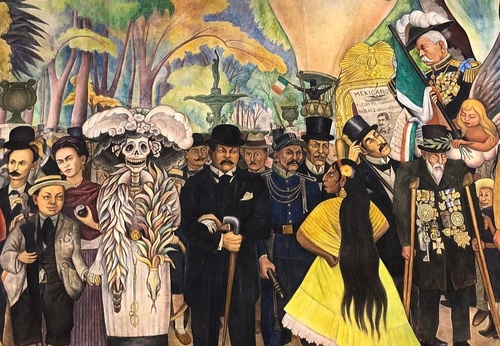
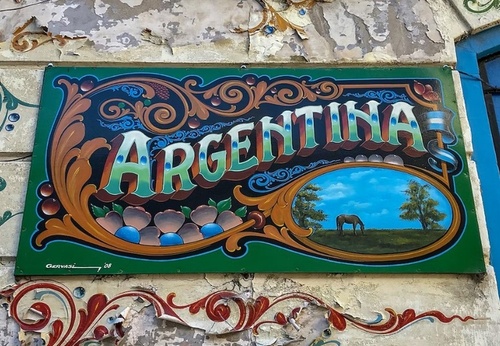
- December 11, 2025
Visual Arts in Argentina: A River of Identity and Transformation

- December 11, 2025
I'm lost ..
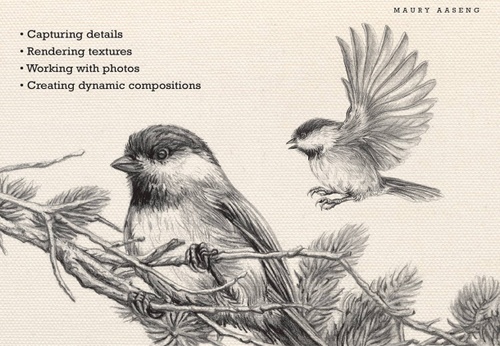
- December 11, 2025
Drawing Birds Step By Step
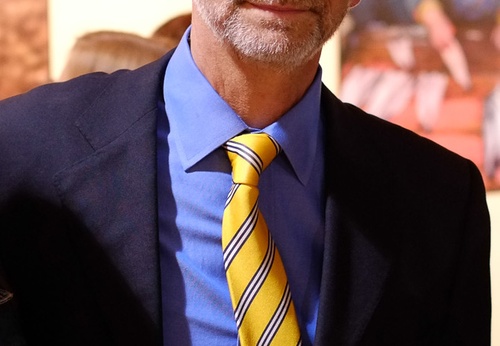
- December 11, 2025
Alfredo Santamaría - Chile

- December 10, 2025
Creatures | Book of Paintings Le Yamaura
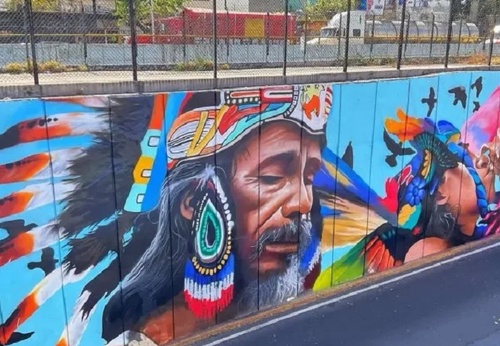
- December 10, 2025
The Power of Graffiti in Mexico: Identity, Resistance, and the City
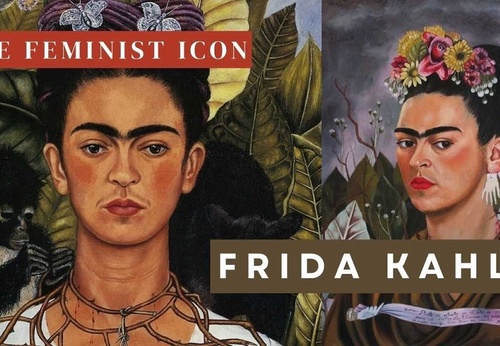
- December 10, 2025
Pioneering Women of Latin American Art: From Frida Kahlo to Lygia Clark
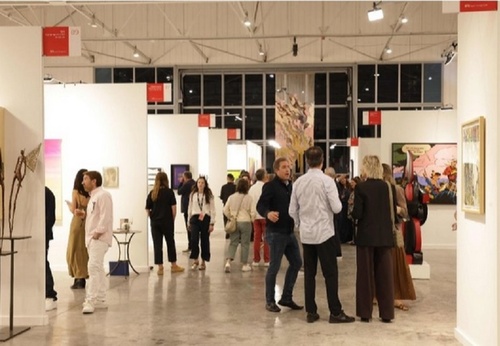
- December 10, 2025
Pinta Miami 2025 Reaffirms the Strength of the Latin American Art Market

- December 10, 2025
Pinta Miami 2025 Reaffirms the Strength…

- December 09, 2025
“GENOCIDE” Exhibition and Controversy O…

- December 09, 2025
Indigo Celebrates its 21st Anniversary …

- December 07, 2025
7 Art and Culture Recommendations for T…

- December 07, 2025
Why is Frida Kahlo the woman with the m…

- December 06, 2025
Argentine Art Makes a Grand Entrance at…

- December 06, 2025
Pinta Miami Highlights Sustainable Lati…

- December 04, 2025
Pinta Miami 2025: Epicenter of Contempo…

- December 03, 2025
Pinta Miami Boosts Latin American Art

- December 02, 2025
Exhibition “Unspeakable Gestures,” by A…

- December 02, 2025
Malba: “Pop Brasil” is an essential exh…

- December 01, 2025
Key Fair for Contemporary Latin America…

- December 01, 2025
Unseen Renoir work resurfaces after a c…

- November 30, 2025
How Brazilian Pop Art Challenged the Di…

- November 30, 2025
Palestinian Artist Transforms War Rubbl…

- November 29, 2025
Latin America's Most Important Craft Fa…

- November 29, 2025
Miami, with a Latin rhythm: the region'…

- November 26, 2025
Frida Kahlo Breaks World Auction Record

- November 23, 2025
Latin American Abstract Painting: From …

- November 23, 2025
Pinta Miami Celebrates 19 Years of Lati…

- October 08, 2023
Illustrations reflect the brutal Israel…

- December 25, 2023
The jury statement of the Iran-Brazil F…

- July 29, 2023
History of Caricature in Brazil

- March 21, 2024
The history of art in Palestine

- April 20, 2024
Poignant Image of Grief Wins Mohammed S…

- May 22, 2025
Brady Izquierdo’s Personal Exhibition O…

- September 01, 2023
Neural Filters in new photoshop 2023

- June 29, 2024
Exhibition at Centro MariAntonia contra…

- October 21, 2023
Erick Meyenberg and Tania Ragasol at th…

- May 15, 2024
Eleven murals for Gaza painted across t…

- February 18, 2024
7 Ways to Understand What Visual Arts A…

- March 14, 2024
museum of statue of van gogh

- March 30, 2024
illustration websites in Latin America

- May 25, 2025
Bordalo II to hold exhibition in Paris …

- May 20, 2024
Latin American Festival of Performing A…

- March 15, 2024
museum of sculpture of Salvador Dali

- August 09, 2023
Venezuela mural expresses solidarity wi…

- July 30, 2024
The artist from San Luis Mirta Celi rep…

- October 23, 2023
Photos by José Luis Díaz of the march o…

- May 27, 2025
Works by Botero, Grau, and 80 other imp…

- May 15, 2024
Eleven murals for Gaza painted across t…

- February 18, 2024
7 Ways to Understand What Visual Arts A…

- January 02, 2025
13 commemorations that will mark the cu…

- October 17, 2023
The influence of Latin American artists…

- February 03, 2024
THE HISTORY OF NAIF ART

- July 02, 2024
One of the largest urban art galleries …

- October 08, 2023
Illustrations reflect the brutal Israel…

- November 17, 2023
Fernando Botero's work is booming after…

- July 29, 2023
Piracicaba International Humor Exhibiti…

- November 06, 2023
Heba Zagout: Palestinian artist murdere…

- December 25, 2023
The jury statement of the Iran-Brazil F…

- December 10, 2023
Sliman Mansour and Palestinian art on t…

- March 14, 2024
museum of statue of van gogh

- February 01, 2025
A maior exposição de Botero em Barcelona

- March 21, 2024
The history of art in Palestine

- July 20, 2024
First International Mail Art Biennial 2…

- April 20, 2024
Poignant Image of Grief Wins Mohammed S…

- October 30, 2023
Palestinian turns images of the Gaza co…

- September 01, 2023
Neural Filters in new photoshop 2023

- February 08, 2024

